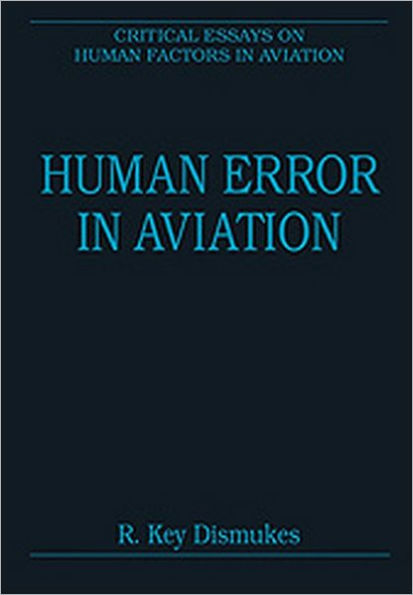5
1
9780754628316


Human Error in Aviation / Edition 1 available in Hardcover, eBook

Human Error in Aviation / Edition 1
- ISBN-10:
- 0754628310
- ISBN-13:
- 9780754628316
- Pub. Date:
- 03/20/2009
- Publisher:
- Taylor & Francis
- ISBN-10:
- 0754628310
- ISBN-13:
- 9780754628316
- Pub. Date:
- 03/20/2009
- Publisher:
- Taylor & Francis

Human Error in Aviation / Edition 1
$550.0
Current price is , Original price is $550.0. You
$550.00
Temporarily Out of Stock Online
550.0
Out Of Stock

Product Details
| ISBN-13: | 9780754628316 |
|---|---|
| Publisher: | Taylor & Francis |
| Publication date: | 03/20/2009 |
| Series: | Critical Essays on Human Factors in Aviation |
| Pages: | 608 |
| Product dimensions: | 6.60(w) x 9.70(h) x 1.70(d) |
About the Author
From the B&N Reads Blog
